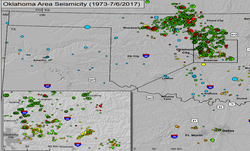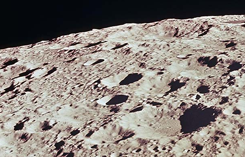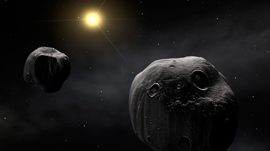Researchers from University of Massachusetts Amherst and Mount Holyoke College received a four-year grant from the National Science Foundation to analyze images and data on the chemical composition of rocks and dust from NASA’s Curiosity rover.
The rover has been exploring a crater on Mars since 2012 and sends back large amounts of data collected using a process called laser-induced breakdown spectroscopy. The process involves shining a laser on the rock, which heats the region to such a high temperature that it generates high frequency emissions that can be picked up by a small camera on the Curiosity rover and then sent back to Earth for analysis.
Using a cluster of NVIDIA GPUs, CUDA and cuDNN, the researchers will analyze the data to determine the elemental composition and minerals in the rock.
“I’ve been waiting 30 years for this and now it’s here,” said Sridhar Mahadevan, lead principal investigator at UMass Amherst’s College of Information and Computer Sciences. “We always thought artificial intelligence was a dream, but it’s happening. I see machine learning and cognitive computing as the future of big data science.”
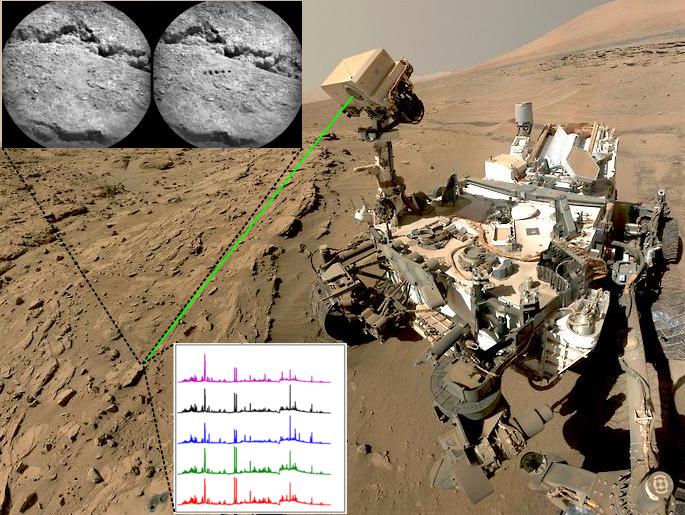
“We know that deep learning is now almost as good as humans at recognizing different objects,” says Mahadevan. “Our study will test the ability not at recognizing objects on Earth, but understanding planetary geochemistry from the Martian rock tests. The hope is that it will be [so] good at doing this new thing, that in four years we can show that deep learning can have a much better success rate than other previous methods of differentiation.”
Read more >
Analyzing Scientific Data from Mars with Deep Learning
Jun 07, 2016
Discuss (0)
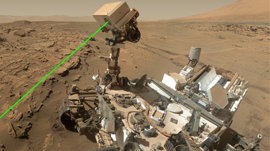
Related resources
- DLI course: Deep Learning for Industrial Inspection
- GTC session: How to use NVIDIA Modulus Framework to Develop Physics ML Models
- GTC session: Predicting El Nino: Machine Learning’s Role in Advancing Complex System Understanding
- GTC session: Colossal-AI: Scaling AI Models in Big Model Era
- NGC Containers: MATLAB
- Webinar: Isaac Developer Meetup #2 - Build AI-Powered Robots with NVIDIA Isaac Replicator and NVIDIA TAO
